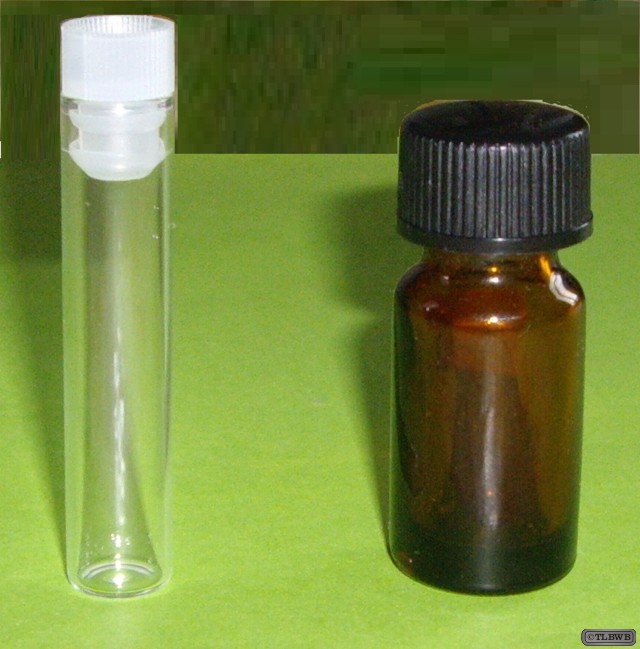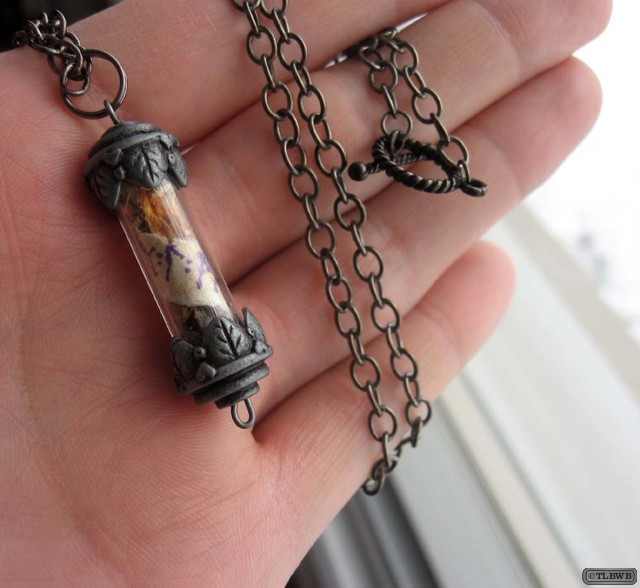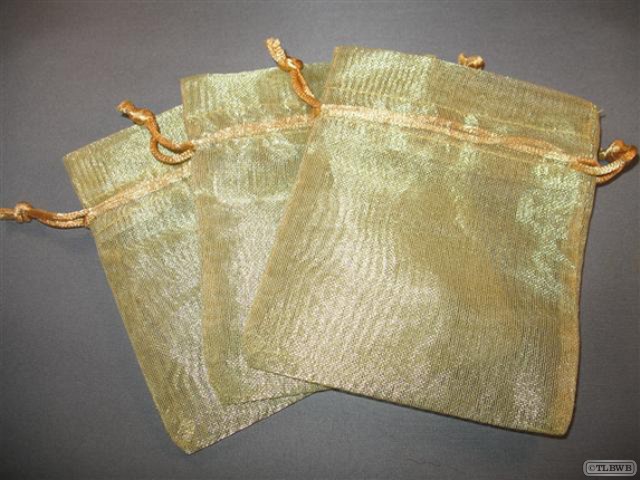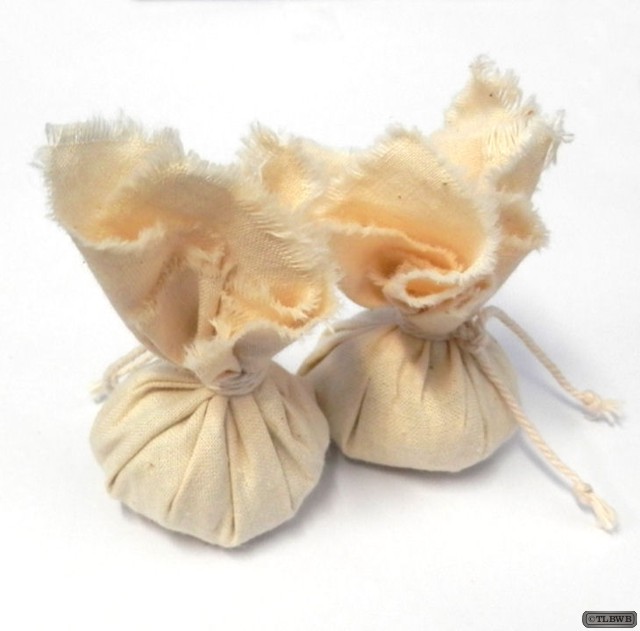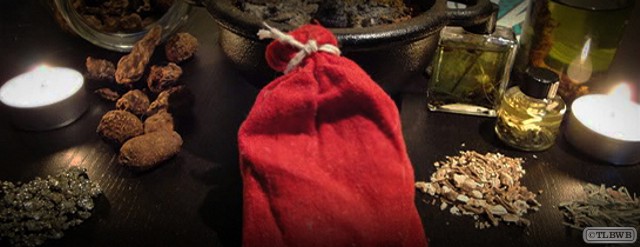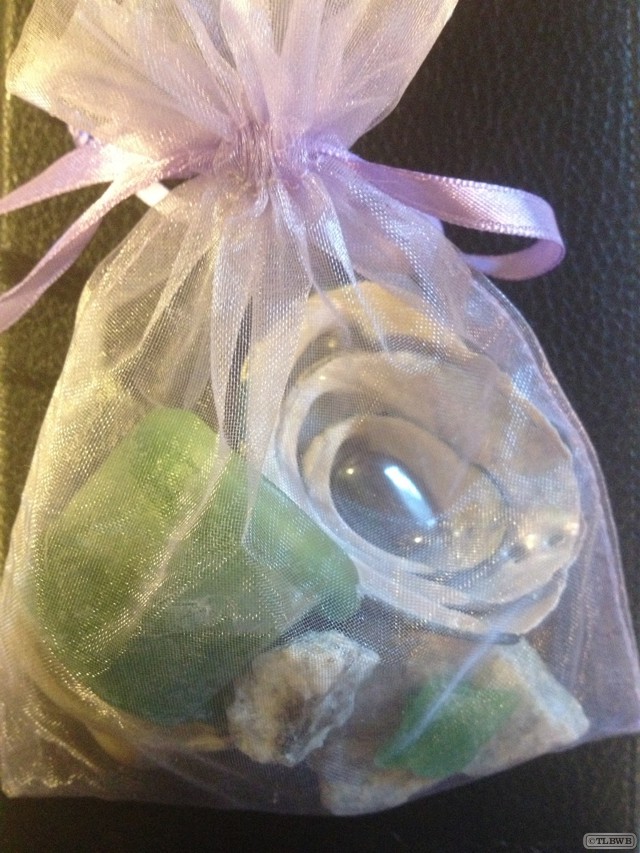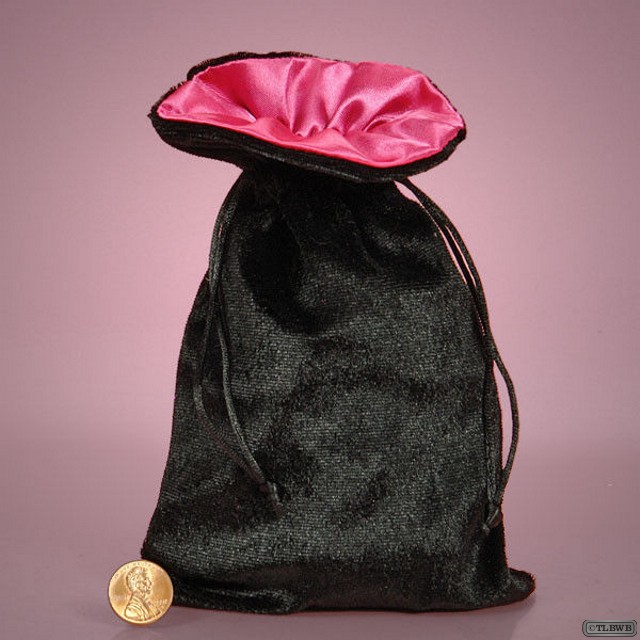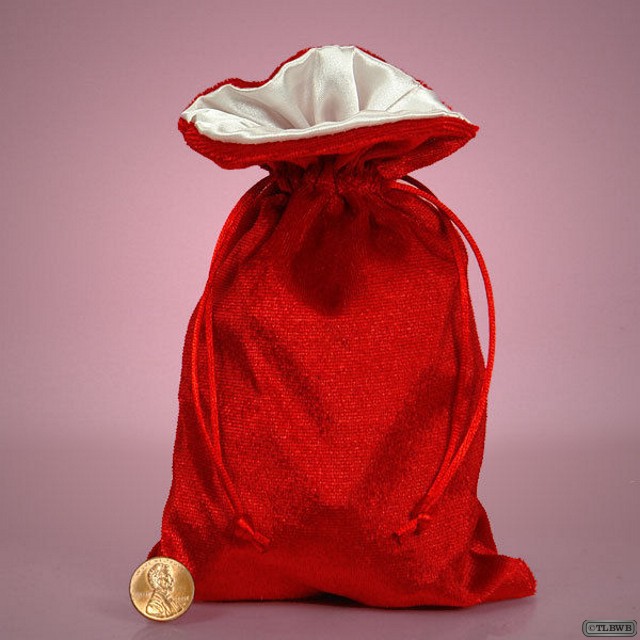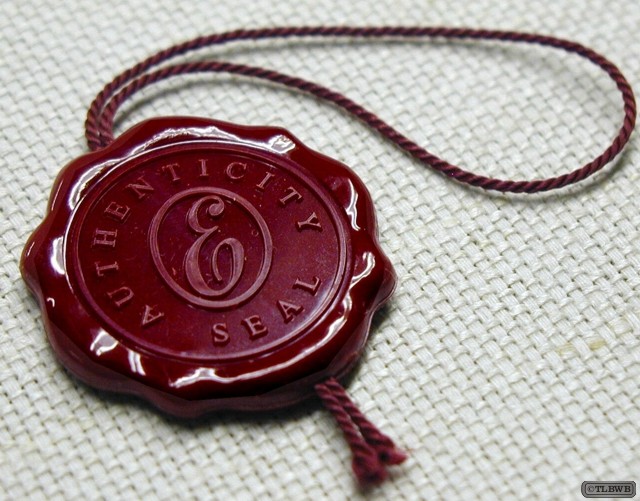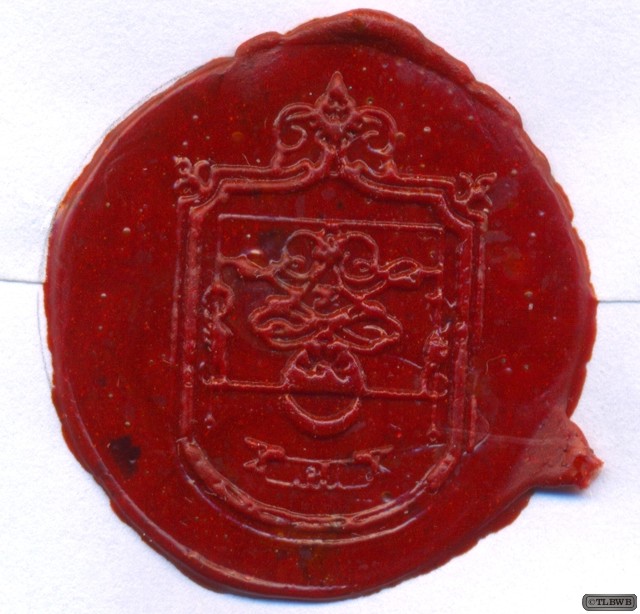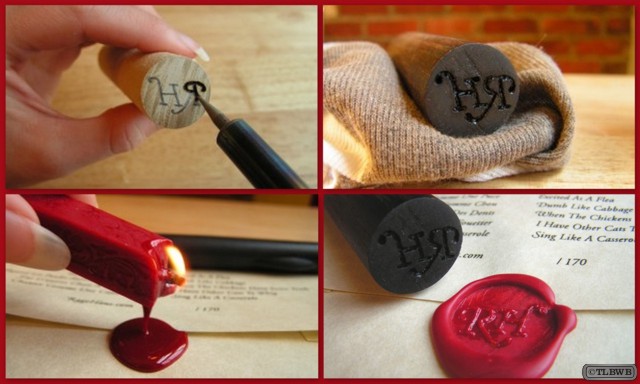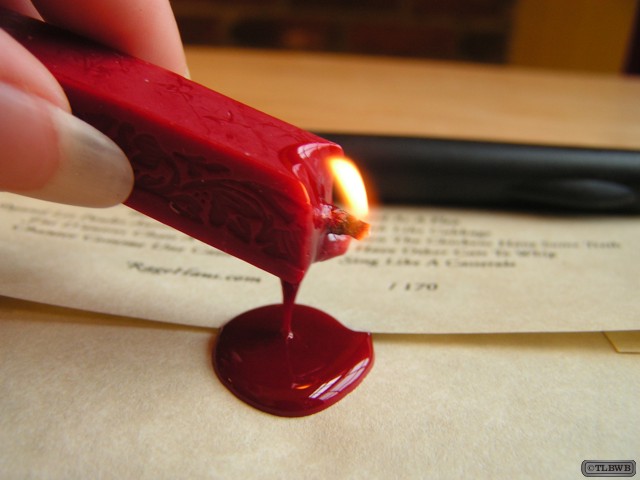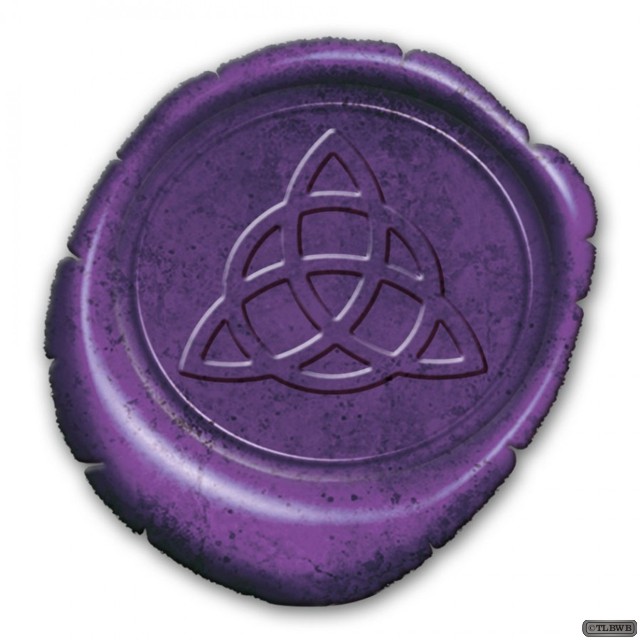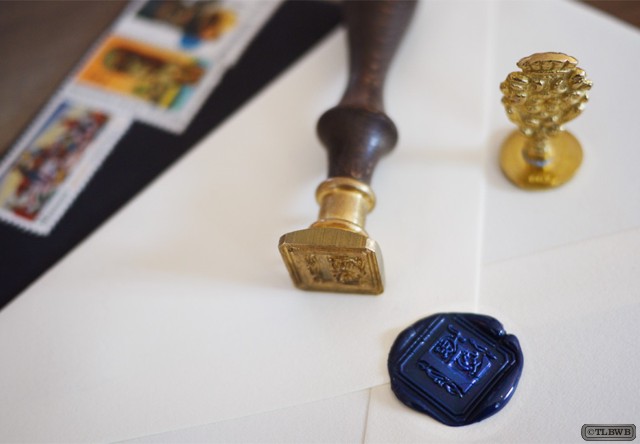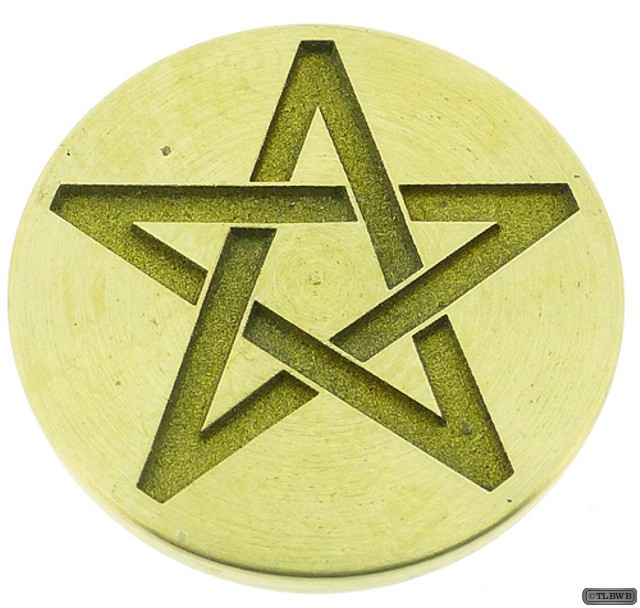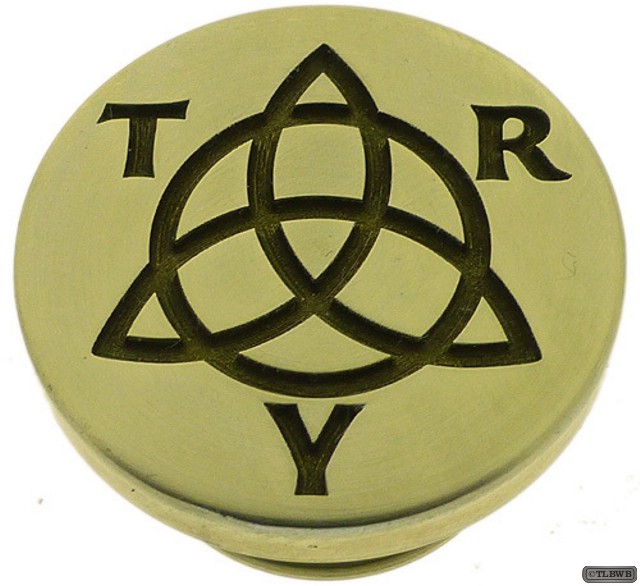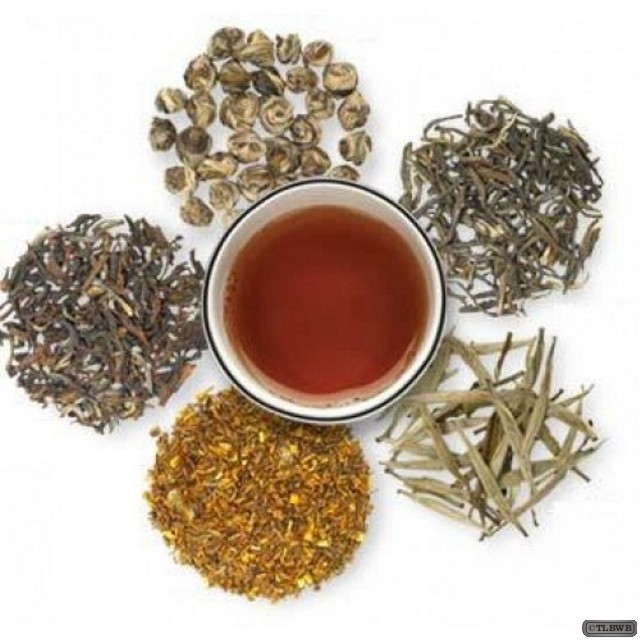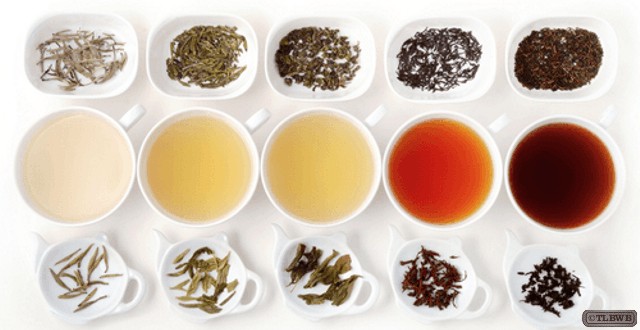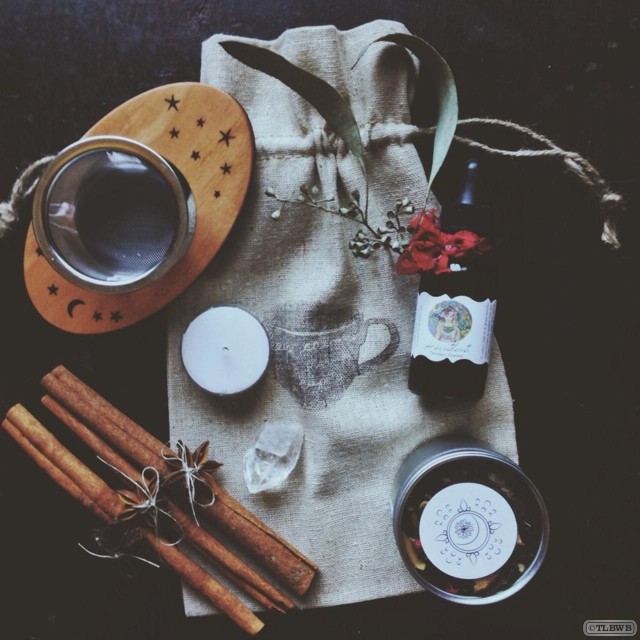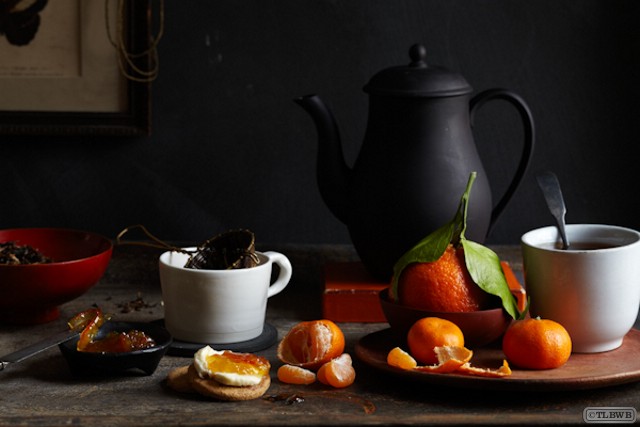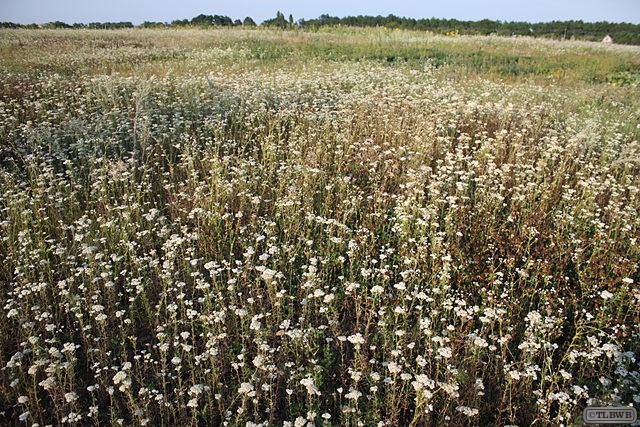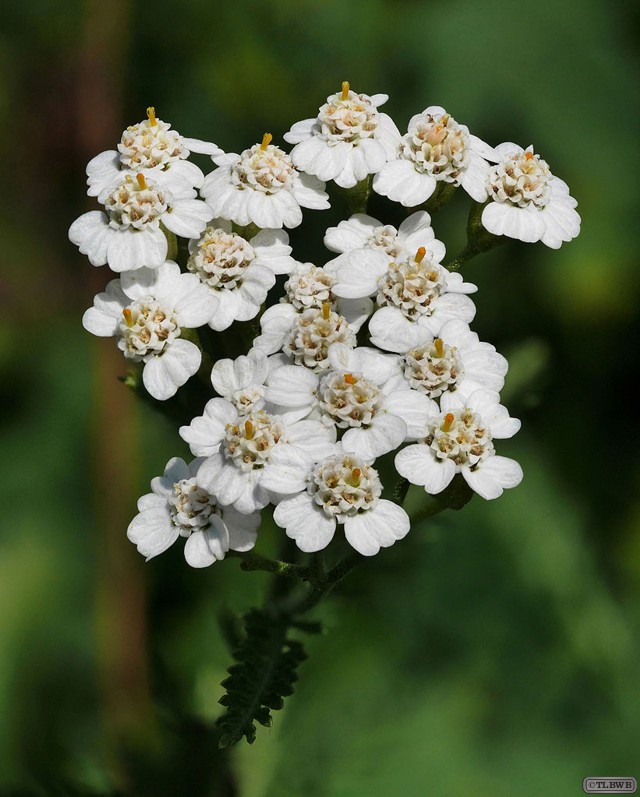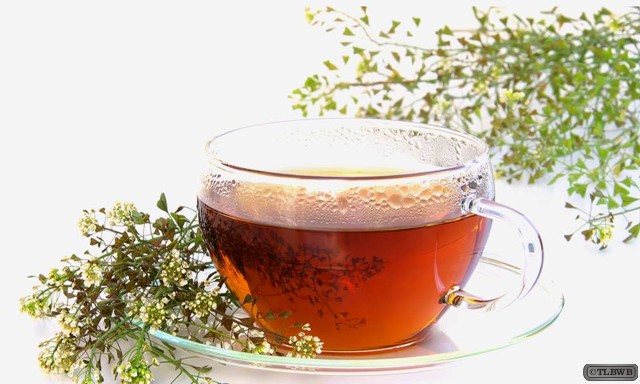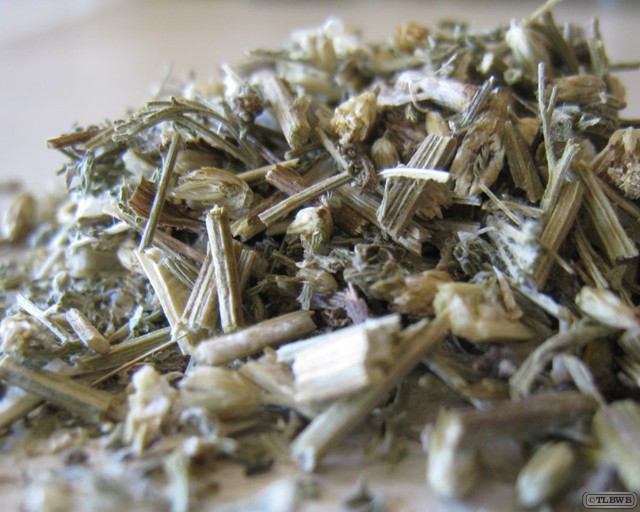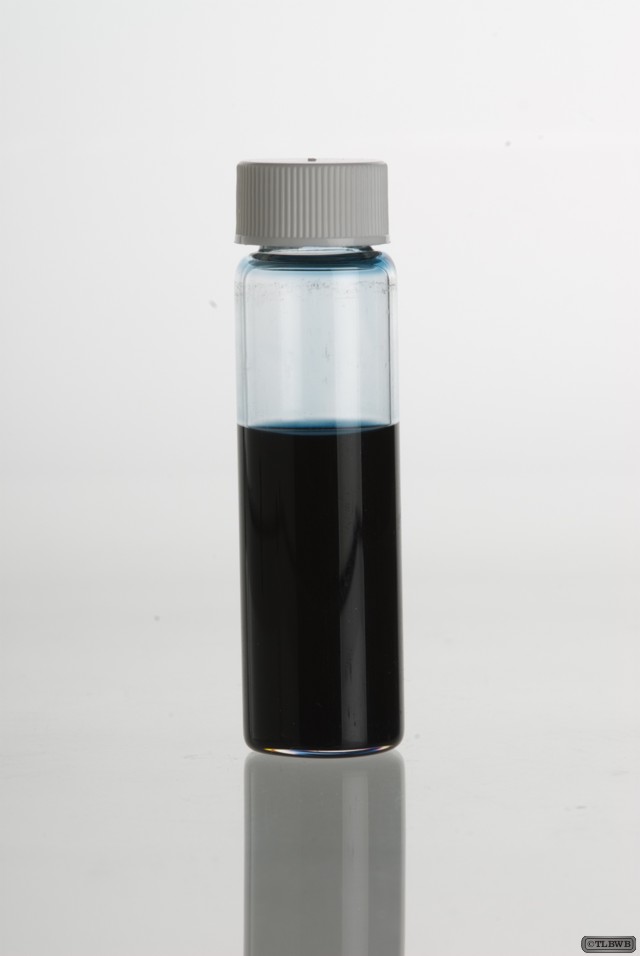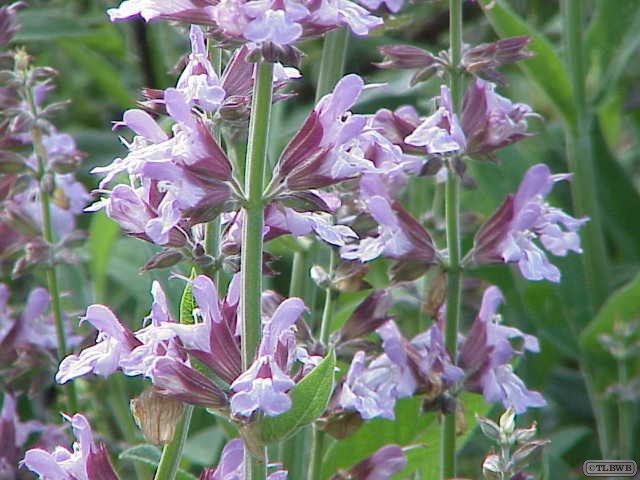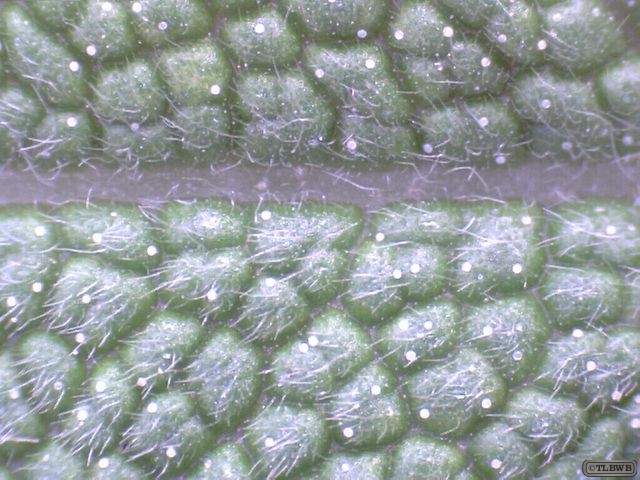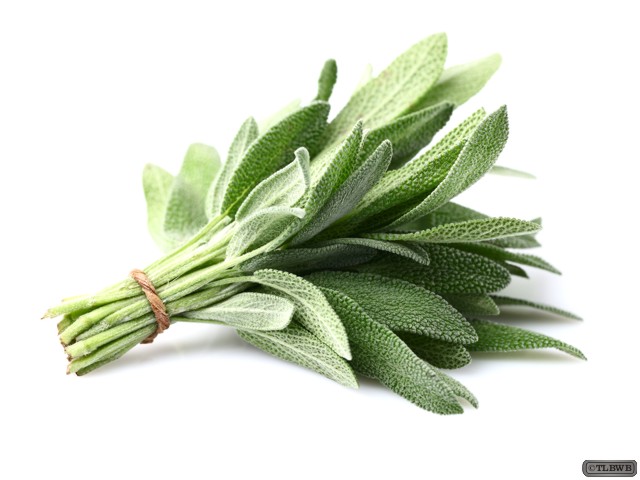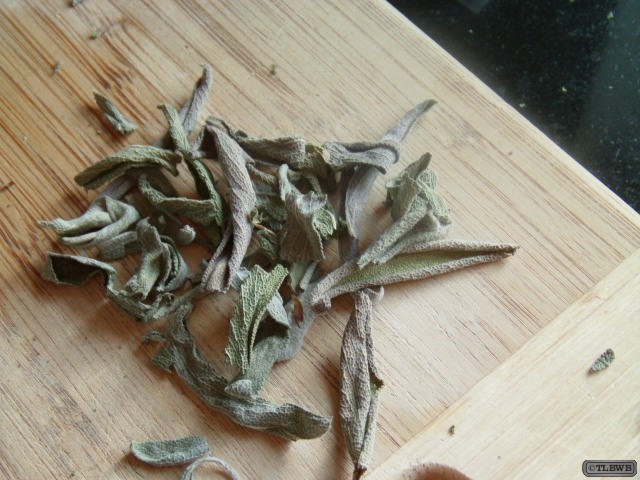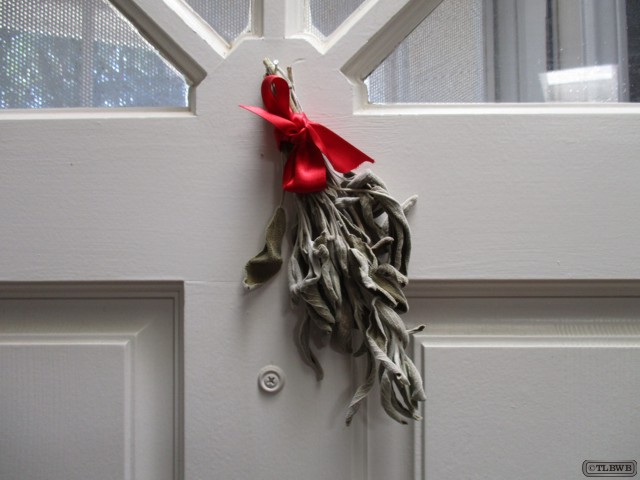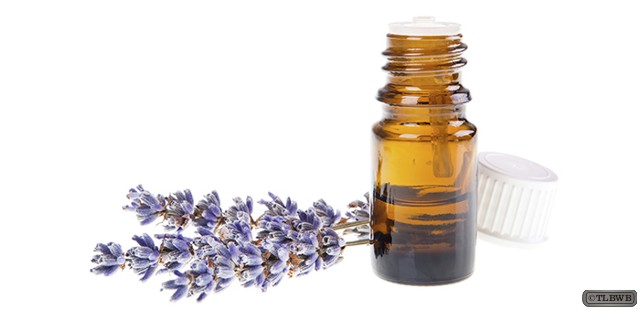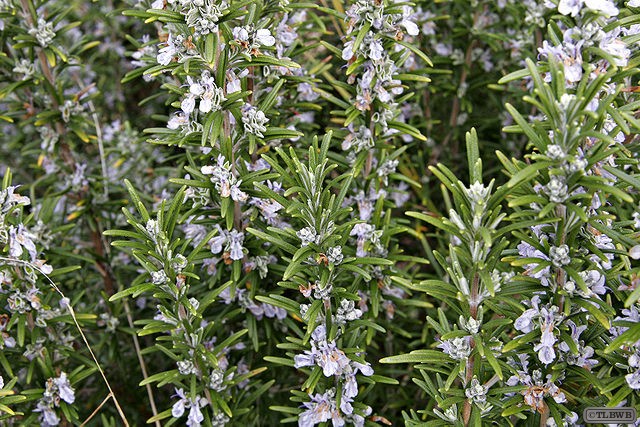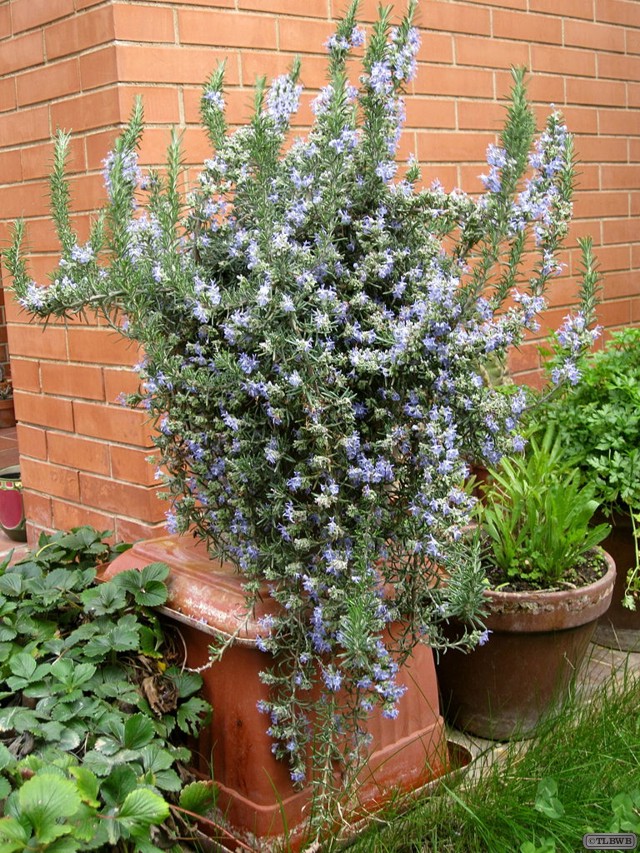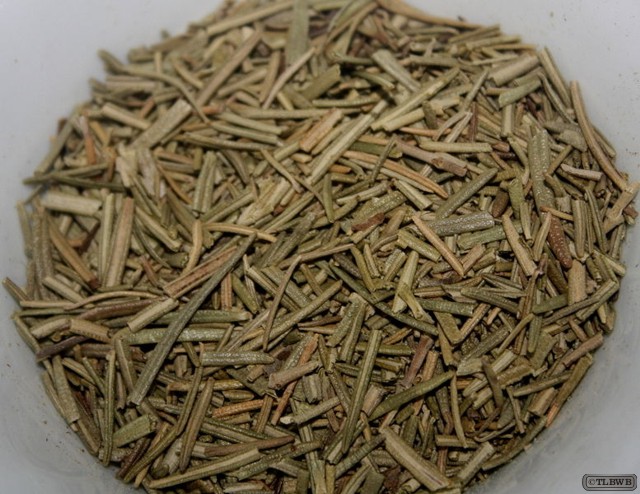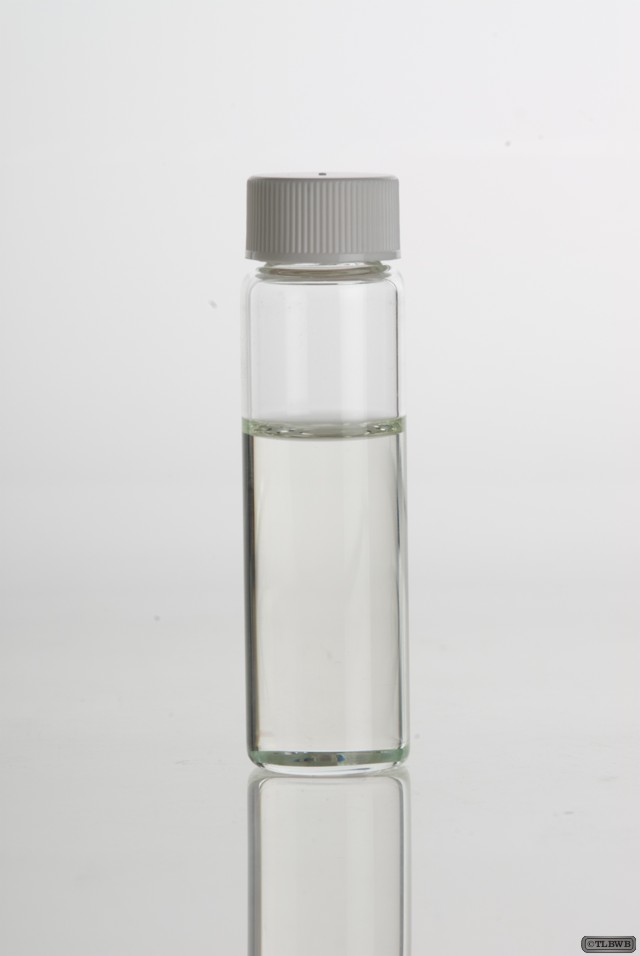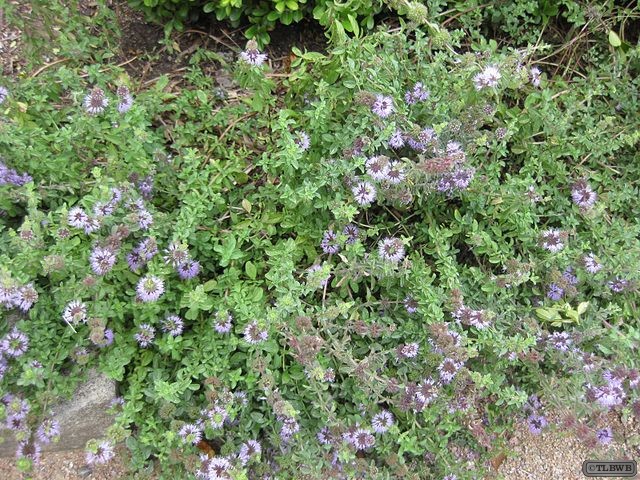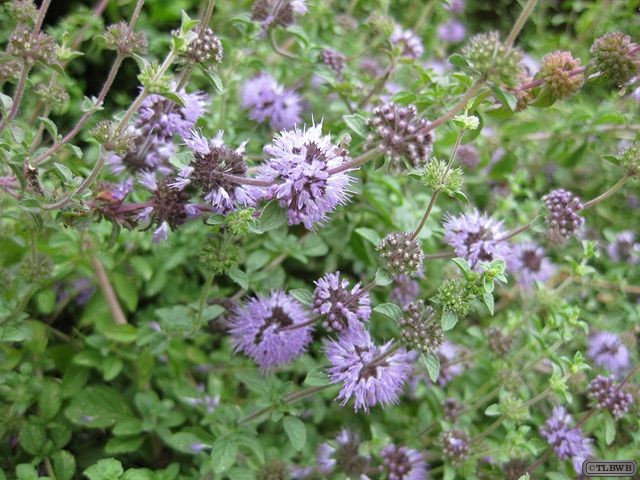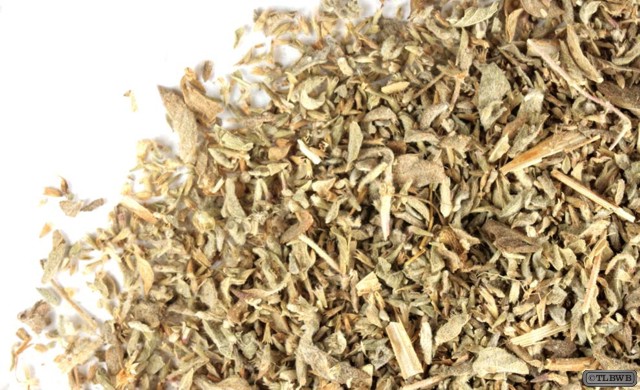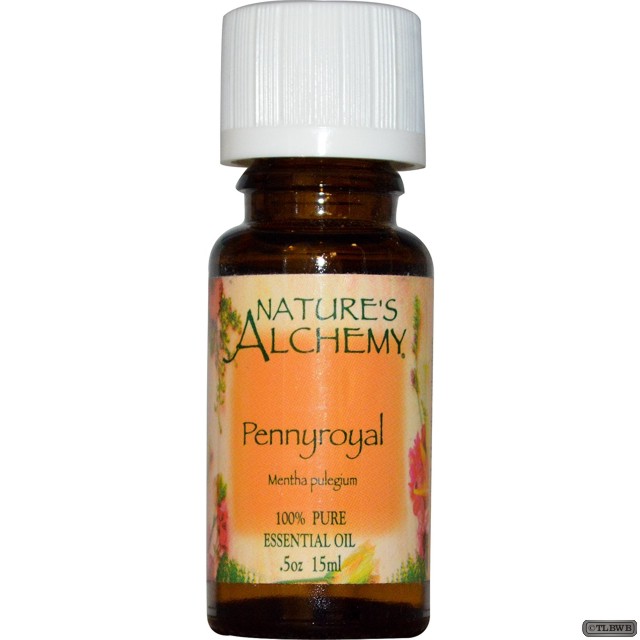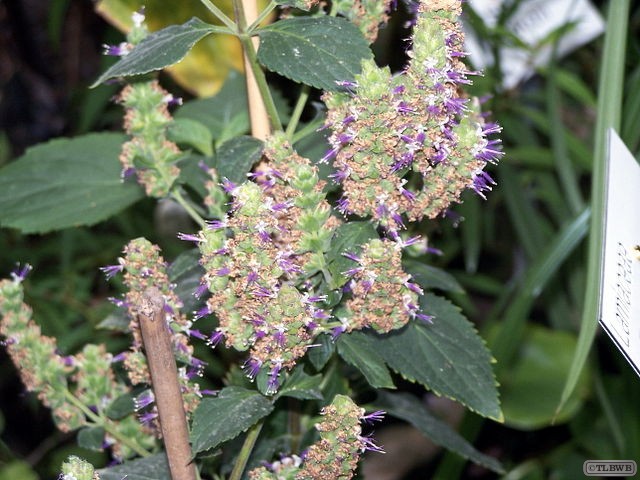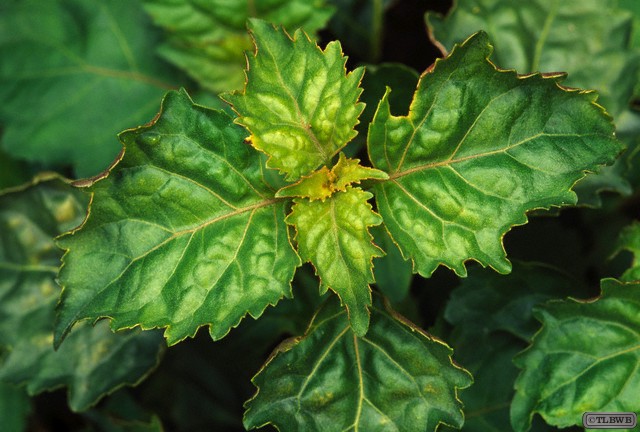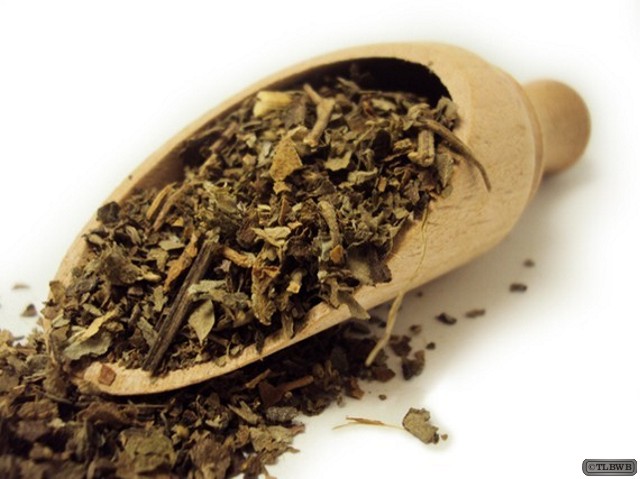LostBeardedWhite
A vial (also known as a phial or flacon) is a small glass or plastic vessel or bottle, often used to store medication as liquids, powders or capsules. They can also be used as scientific sample vessels; for instance, in autosampler devices in analytical chromatography. Vial-like glass containers date back to classical antiquity; modern vials are often made of plastics such as polypropylene.
Design
There are several different types of commonly used closure systems, including screw vials (closed with a screw cap or dropper/pipette), lip vials (closed with a cork or plastic stopper) and crimp vials (closed with a rubber stopper and a metal cap). Plastic vials can have other closure systems, such as flip-tops or snap caps. A vial can be tubular, or have a bottle-like shape with a neck. The volume defined by the neck is known as the headspace. The bottom of a vial is usually flat, unlike test tubes, which have usually a rounded bottom. The small bottle-shaped vials typically used in laboratories are also known as bijou or McCartney’s bottles. The bijou bottle tends to be smaller, often with a volume of around 10 milliliters.
Wiccan
Instead of using bags or sachets to hold charms and power objects you may use tiny glass bottles. The items inside are visible and may be layered or suspended in oil or seeds. A cord or string may be attached so that the bottle can be worn or hung up.
This little vial holds a tiny protection runescript, combined with carefully selected gemstones and herbs believed in Wiccan and Pagan traditions to guard the wearer from negativity and harm, be it physical, emotional or spiritual. Wear as an amulet or hang in the home.
The pendant will be on a gunmetal chain in the length of your choice. This necklace comes ready for gift giving, in an organza bag alongside a tea-stained little scroll explaining the purpose of the pendant, as shown in the picture. I also include instructions on how to use your amulet, such as cleansing and empowering. While I create all of my spell items with serious intent and focus for you, it is also very important that you connect your own energy to it as well.
The Lost Bearded White Brother
A bag that has been sewn together is called a “sachet”. A sachet is usually made of muslin and may be cut into any shape (to suit the magic), such as a heart or a star before it’s sewn together. Sachets usually contain only botanical materials such as herbs and flowers.
Here are a few examples of herbs that you could use:
- Cedar: Female energy and protection
- Cinnamon: Protection and love
- Mint: Protection and luck
- Nutmeg: Luck and fidelity
- Rose Petals: Love
- Sage: Cleansing, healing and protection
Bags and sachets may be decorated with symbols or pictures that are relevant to the magic such as:
- Astrological Symbols
- Letters
- Numbers
- Pictures of Animals
- Pictures of Mythic Animals
- Pictures of Sacred Beings
- Religious Symbols
- Runes
- Sigils
The Lost Bearded White Brother
A charm bag is simply a magic spell inside a bag. They are spells in a bag and the most popular way of carrying power items with you.
To make a charm bag, simply fill with one or more magically charged items. Magically charged items may include herbs, stones, charms, drops of essential or magic oils, amulets and crystals.
Charm bags may be as simple as a square of fabric tied together or they may be beautifully embroidered hand made works of art. They may be made of silk, leather, metal or any fabric. The choice is yours, but keep in mind that the container is part of the spell.
Bag Colours
- Gold: Wealth, protection and the God
- Silver: Prosperity, the Moon, psychic and the Goddess
- Yellow: Healing, and finding employment
- Orange: Communication, messages and travel
- Green: Prosperity, abundance, friendship, growth and nature
- Blue: Peace, calm, wisdom and benevolence
- Purple: Wisdom, mysteries, wealth, grandeur and justice
- Red: Success, strength, romance and protection
- Pink: Love, friendship and healing
- Brown: Houses, home, justice, Earth and permanence
- Black: Absorbs and dissolves baneful energy
Bags with drawstring closures are useful because you can open and close them, adding materials as they are found or needed. A closed bag is called a “hand”.
Here are a few examples of stones that you could place in your bag:
- Aluminum: Travel and communication
- Amethyst: Wisdom and psychic powers
- Aventurine: Healing and prosperity.
- Clear Quartz: Good for any purpose
- Copper: Love and healing
- Gold: Prosperity and protection
- Iron: Protection and strength
- Moonstone: Emotions, peace and love
- Rose Quartz: Love and harmony
- Silver: Protection, Lunar power, love and prosperity
- Tiger’s Eye: Wealth and protection
- Tin: Wealth and honour
Here are a few examples of charms that you could place in your bag:
- Acorn: Luck, prosperity,protection from lightning, and sexual potency
- Broom: Brushes away negative influences, sweeps in luck, protection, wealth and good into the home
- Clover: Life, luck and abundance
- Hammer: Luck and a means of driving out evil
- Horn: Repel the”evil eye”, a symbol of nature and fertility and sexuality
- Horseshoe: Luck
- Key: Power, luck which lock it opens, hidden things
- Lightning-Struck Wood: Protection against all harm
- Pine Cone: Luck, favourable influences,protection from harm, sexual power, repels baneful influences
- Religious Symbol: Symbols of various religions are held to be protective
- Salt: Purification, repels evil and attracts wealth
- Silver: Protection, wealth and the blessing of all Goddesses
- Toadstone: Heal illnesses and to repel evil and is a fossilized shark’s tooth
The Lost Bearded White Brother
Sealing wax is a wax material of a seal which, after melting, hardens quickly (to paper, parchment, ribbons and wire, and other material) forming a bond that is difficult to separate without noticeable tampering. Wax is used to verify something such as a document is unopened, to verify the sender’s identity, for example with a signet ring, and as decoration. Sealing wax can be used to take impressions of other seals. Wax was used to seal letters close and later, from about the 16th century, envelopes. Before sealing wax, the Romans used bitumen for this purpose.
Composition
Formulas vary, but there was a major shift after European trade with the Indies opened. In the Middle Ages sealing wax was typically made of beeswax and ‘Venice turpentine’, a greenish-yellow resinous extract of the European Larch tree. The earliest such wax was uncolored; later the wax was colored red with vermilion. From the 16th century it was compounded of various proportions of shellac, turpentine, resin, chalk or plaster, and coloring matter (often vermilion, or red lead), but not necessarily beeswax. The proportion of chalk varied; coarser grades are used to seal wine bottles and fruit preserves, finer grades for documents. In some situations, such as large seals on public documents, beeswax was used. On occasion, sealing wax has historically been perfumed by ambergris, musk and other scents.
By 1866 many colors were available: gold (using mica), blue (using smalt or verditer), black (using lamp black), white (using lead white), yellow (using the mercuric mineral turpeth, also known as Schuetteite), green (using verdigris) and so on. Some users, such as the British Crown, assigned different colors to different types of documents. Today a range of synthetic colors is available.
Method of Application
Sealing wax is available in the form of sticks, sometimes with a wick, or as granules. The stick is melted at one end (but not ignited or blackened), or the granules heated in a spoon, normally using a flame, and then placed where required, usually on the flap of an envelope. While the wax is still soft, the seal (preferably at the same temperature as the wax, for the best impression) should be quickly and firmly pressed into it and released.
Modern Use
The modern day has brought sealing wax to a new level of use and application. Traditional sealing wax candles are produced in Canada, France and Scotland, with formulations similar to those used historically.
Since the advent of a postal system, the use of sealing wax has become more for ceremony than security. Modern times have required new styles of wax, allowing for mailing of the seal without damage or removal. These new waxes are flexible for mailing and are referred to as glue-gun sealing wax, faux sealing wax and flexible sealing wax.
Wiccan
Seal your spells, parchments, petitions, letters, and more with this elegant Wicca Triquetra & Pagan Pentacle Sealing Wax! This sealing wax kit comes with one stick of natural, purple sealing wax and a metal seal, which has been engraved with the Wiccan symbol of the Triquetra & Pentacle. This makes a great gift for Witches, Pagans, Heathens, Celts and friends.
The Lost Bearded White Brother
Blend the teas for a recipe in a glass jar, then measure out one tablespoon per cup of tea. A small two cup teapot will take two tablespoons of tea. If you are like me, however, two cups of tea equates to three because I prefer my tea with lots of milk. because the tea base is black tea leaves, the addition of milk and a sweetener makes for a very flavorful beverage. Unless you are making tea for a crowd, you really do not need more than one or two tablespoons of tea at any one time. Store in a closed jar in a cabinet away from light.
- Tea For Divination
- Tea For Psychic Healing
- Tea For Love (Spell)
- Tea For Meditation
- Tea For Purification
- Tea For Relaxation
- Tea For Health (Spells)
- Tea For Protection
Besides magical teas, there are combinations that are simply a pleasant way to reconnect with the earth devas, the Goddess and the God. For this type of quiet closeness to nature, you might want to try these taste combinations of herbal teas:
- English breakfast, rose hips, and hyssop
- Linden flower and chamomile
- China black, chamomile, and rose hips
- English breakfast, dandelion root, rose hips, and chamomile
- English breakfast, elder flower, hops, and rose hips
The Lost Bearded White Brother
Achillea millefolium, known commonly as yarrow or common yarrow, is a flowering plant in the family Asteraceae. It is native to temperate regions of the Northern Hemisphere in Asia, Europe, and North America. In New Mexico and southern Colorado, it is called plumajillo (Spanish for ‘little feather’) from its leaf shape and texture. In antiquity, yarrow was known as herbal militaris, for its use in stanching the flow of blood from wounds. Other common names for this species include gordaldo, nosebleed plant, old man’s pepper, devil’s nettle, sanguinary, milfoil, soldier’s woundwort, thousand-leaf, and thousand-seal.
Distribution
Yarrow grows from sea level to 3,500 metres in elevation. The plant commonly flowers from May through June. Common yarrow is frequently found in the mildly disturbed soil of grasslands and open forests. Active growth occurs in the spring.
The plant is native to Eurasia and is found widely from the UK to China.
In North America, both native and introduced genotypes, and both diploid and polyploid plants are found. It is found in every habitat throughout California except the Colorado and Mojave Deserts. common yarrow produces an average yield of 43,000 plants per acre, with a total dry weight of 10,500 lbs.
The plant is found in Australia as an introduction.
Herbal and Traditional Uses
The herb is purported to be a diaphoretic, astringent, tonic, stimulant and mild aromatic. It contains isovaleric acid, salicylic acid, asparagin, sterols, flavonoids, bitters, tannins, and coumarins. The plant also has a long history as a powerful ‘healing herb’ used topically for wounds, cuts and abrasions. The genus name Achillea is derived from mythical Greek character, Achilles, who reportedly carried it with his army to treat battle wounds. This medicinal action is also reflected in some of the common names mentioned below, such as staunchweed and soldier’s woundwort.
The stalks are dried and used as a randomising agent in I Ching divination.
In the Middle Ages, yarrow was part of a herbal mixture known as gruit used in the flavouring of beer prior to the use of hops. The flowers and leaves are used in making some liquors and bitters.
Traditional names for Achillea millefolium include arrowroot, bad man’s plaything, bloodwort, carpenter’s weed, death flower, devil’s nettle, eerie, field hops, gearwe, hundred leaved grass, knight’s milefoil, knyghten, milefolium, milfoil, millefoil, noble yarrow, nosebleed, old man’s mustard, old man’s pepper, sanguinary, seven year’s love, snake’s grass, soldier, soldier’s woundwort, stanchweed, thousand seal, woundwort, yarroway, yerw. The English name yarrow comes from the Saxon (Old English) word gearwe, which is related to both the Dutch word gerw and the Old High German word garawa.
Yarrow has also been used as a food, and was very popular as a vegetable in the 17th century. The younger leaves are said to be a pleasant leaf vegetable when cooked like spinach, or in a soup. Yarrow is sweet with a slight bitter taste. The leaves can also be dried and used as a herb in cooking.
Achillea millefolium has seen historical use as a medicine, often because of its astringent effects.
The dark blue essential oil, extracted by steam distillation of the flowers, is generally used as an anti-inflammatory or in chest rubs for colds and influenza.
The leaves encourage clotting, so it can be used fresh for nosebleeds. The aerial parts of the plant are used for phlegm conditions, as a bitter digestive tonic to encourage bile flow, and as a diuretic. The aerial parts act as a tonic for the blood, stimulate the circulation, and can be used for high blood pressure; it is also useful in menstrual disorders, and as an effective sweating remedy to bring down fevers.
Yarrow intensifies the medicinal action of other herbs taken with it. It is reported to be associated with the treatment of the following ailments:
Pain, antiphlogistic, bleeding, gastrointestinal disorders, choleretic inflammation, emmenagogue, stomachache.
Chinese proverbs claim yarrow brightens the eyes and promotes intelligence. Yarrow and tortoiseshell are considered to be lucky in Chinese tradition.
In classical Greece, Homer tells of the centaur Chiron, who conveyed herbal secrets to his human pupils, and taught Achilles to use yarrow on the battle grounds of Troy.
Native American Uses
Yarrow, Achillea millefolium and its North American varieties, was used in traditional Native American herbal medicine by tribes across the continent. The Navajo considered it to be a “life medicine”, chewed it for toothaches, and poured an infusion into ears for earaches. The Miwok in California used the plant as an analgesic and head cold remedy.
Several tribes of the Plains Indians used common yarrow. The Pawnee used the stalk for pain relief. The Chippewa used the leaves for headaches by inhaling it in a steam. They also chewed the roots and applied the saliva to their appendages as a stimulant. The Cherokee drank a tea of common yarrow to reduce fever and aid in restful sleep.
Among the Zuni people use the occidentalis variety medicinally. The blossoms and root are chewed, and the juice applied before fire-walking or fire-eating. A poultice of the pulverized plant is mixed with water and applied to burns. Recently it was reported that treatment with Achillea millefolium may attenuate disease severity, inflammatory responses, and demyelinating lesions in a mouse model of Multiple Sclerosis.
Dangers
In rare cases, yarrow can cause severe allergic skin rashes; prolonged use can increase the skin’s photosensitivity. This can be triggered initially when wet skin comes into contact with cut grass and yarrow together.
In one study, aqueous extracts of yarrow impaired the sperm production of laboratory rats.
British Folklore
In the Hebrides a leaf held against the eyes was believed to give second sight.
Wiccan
Yarrow was often called Woundwort or Knight’s Milfoil, thanks to its use in treatment of battle injuries. Scotland’s Highlanders use it to make a healing ointment, and in the Orkney Islands, yarrow is used to make a tea that “dispels melancholia.” Yarrow can be used in magical workings related to healing, love, and courage. Wear it on your person to boost your self-esteem and courage, or carry a bunch of dried yarrow in your hand to stop fear. A sprig hanging over the marriage bed guarantees at least seven years of passion and love. Taking a ritual bath with yarrow can help increase your psychic abilities. It can also be used to exorcise negative energies from a place or person.
The Lost Bearded White Brother
Salvia officinalis (sage, also called garden sage, or common sage) is a perennial, evergreen subshrub, with woody stems, grayish leaves, and blue to purplish flowers. It is a member of the family Lamiaceae and is native to the Mediterranean region, though it has naturalized in many places throughout the world. It has a long history of medicinal and culinary use, and in modern times as an ornamental garden plant.
Names
Salvia officinalis has numerous common names. Some of the best-known are sage, common sage, garden sage, golden sage, kitchen sage, true sage, culinary sage, Dalmatian sage, and broadleaf sage. Cultivated forms include purple sage and red sage. The specific epithet officinalis refers to plants with a well-established medicinal or culinary value.
Taxonomy
Salvia officinalis was described by Carl Linnaeus in 1753. It has been grown for centuries in the Old World for its food and healing properties, and was often described in old herbals for the many miraculous properties attributed to it. The specific epithet, officinalis, refers to the plant’s medicinal use – the officina was the traditional storeroom of a monastery where herbs and medicines were stored. Salvia officinalis has been classified under many other scientific names over the years, including six different names since 1940 alone. It is the type species for the genus Salvia.
The second most commonly used species of sage is Salvia lavandulaefolia, which shares a similar composition with Salvia officinalis, with the exception that lavandulaefolia contains very little of the potentially toxic GABAA receptor-antagonizing monoterpenoid thujone.
Uses
Culinary Use
In Britain, sage has for generations been listed as one of the essential herbs, along with parsley, rosemary and thyme (as in the folk song “Scarborough Fair”). It has a savory, slightly peppery flavor. It appears in many European cuisines, notably Italian, Balkan and Middle Eastern cookery. In Italian cuisine, it is an essential condiment for Saltimbocca and other dishes, favoured with fish. In British and American cooking, it is traditionally served as sage and onion stuffing, an accompaniment to roast turkey or chicken at Christmas or Thanksgiving Day. Other dishes include pork casserole, Sage Derby cheese and Lincolnshire sausages. Despite the common use of traditional and available herbs in French cuisine, sage never found favour there.
Essential Oil
Common sage is grown in parts of Europe for distillation of an essential oil, though other species such as Salvia fruticosa may also be harvested and distilled with it. The essential oil contains cineole, borneol, and thujone. Sage leaf contains tannic acid, oleic acid, ursonic acid, ursolic acid, carnosol, carnosic acid, fumaric acid, chlorogenic acid, caffeic acid, niacin, nicotinamide, flavones, flavonoid glycosides, and estrogenic substances.
Traditional Medicine
Salvia and “sage” are derived from the Latin salvere (to save), referring to the healing properties long attributed to the various Salvia species. It has been recommended at one time or another for virtually every ailment by various herbals.
In traditional Tamil Siddha medicine, sage (Karpooravalli) is used for respiratory ailments like asthma and alleviating nasal discharge associated with upper respiratory infections. Sage leaves are crushed in boiling water and the fumes are inhaled.
In traditional Austrian medicine, Salvia officinalis herb has been used internally (as tea or directly chewed) for treatment of disorders of the respiratory tract, mouth, gastrointestinal tract, and skin.
Investigations have taken place into using sage as a treatment for Alzheimer’s disease patients. Sage leaf extract may be effective and safe in the treatment of hyperlipidemia.
Health
A number of double-blind, placebo-controlled, randomized, balanced-crossover studies in healthy humans have demonstrated improved memory, attention/executive function, alertness and mood following single doses of cholinesterase-inhibiting sage extracts or essential oils. A single, double-blind, placebo-controlled trial in a small cohort of Alzheimer’s disease patients also demonstrated improved cognitive functioning and behavioral function (Clinical Dementia Rating) following a 16-week administration of a Salvia officinalis alcoholic tincture.
According to Peter Rogers’ team at Bristol University, researchers have concluded that extracts of sage can enhance cognitive performance. This was compared to the similar effect of the caffeine found in tea and coffee.
Wiccan
Sage has long been burned to purify and cleanse a space. The ancients burned dried sprigs of sage in temples and during religious rituals. The Greeks and Romans wrote that the smoke imparted wisdom and mental acuity. In magic, carry sage leaves in your wallet or purse to promote financial gain. Burn leaves to increase wisdom or gain guidance from your spirit guide (be warned – burning sage does smell similar to marijuana, so keep that in mind if you think the neighbors might be inquisitive). Make a wish and write it on a sage leaf, and then hide it beneath your pillow – if you dream about your wish over the next three nights, your wish will come true.
The Lost Bearded White Brother
Rosmarinus officinalis, commonly known as rosemary, is a woody, perennial herb with fragrant, evergreen, needle-like leaves and white, pink, purple, or blue flowers, native to the Mediterranean region.
It is a member of the mint family Lamiaceae, which includes many other herbs. The name “rosemary” derives from the Latin for “dew” (ros) and “sea” (marinus), or “dew of the sea”. The plant is also sometimes called anthos, from the ancient Greek, meaning “flower”. Rosemary has a fibrous root system.
Description
Rosemary is an aromatic evergreen shrub that has leaves similar to hemlock needles. The leaves are used as a flavoring in foods such as stuffings and roast lamb, pork, chicken and turkey. It is native to the Mediterranean and Asia, but is reasonably hardy in cool climates. It can withstand droughts, surviving a severe lack of water for lengthy periods. Forms range from upright to trailing; the upright forms can reach 1.5 m tall, rarely 2 m. The leaves are evergreen, 2-4 cm long and 2-5 mm broad, green above, and white below, with dense, short, woolly hair. The plant flowers in spring and summer in temperate climates, but the plants can be in constant bloom in warm climates; flowers are white, pink, purple or deep blue. Rosemary also has a tendency to flower outside its normal flowering season; it has been known to flower as late as early December, and as early as mid-February.
Mythology
According to legend, it was draped around the Greek goddess Aphrodite when she rose from the sea, born of Uranus’s semen. The Virgin Mary is said to have spread her blue cloak over a white-blossomed rosemary bush when she was resting, and the flowers turned blue. The shrub then became known as the “Rose of Mary”.
Culinary Use
Fresh or dried leaves are used in traditional Italian cuisine. They have a bitter, astringent taste and a characteristic aroma which complements many cooked foods. Herbal tea can be made from the leaves. When roasted with meats or vegetables, the leaves impart a mustard-like aroma with an additional fragrance of charred wood compatible with barbecued foods.
In amounts typically used to flavor foods, such as one teaspoon (1 gram), rosemary provides no nutritional value. Rosemary extract has been shown to improve the shelf life and heat stability of omega 3-rich oils which are prone to rancidity.
Fragrance
Rosemary oil is used for purposes of fragrant bodily perfumes or to emit an aroma into a room. It is also burnt as incense, and used in shampoos and cleaning products.
Phytochemicals and Traditional Medicine
Rosemary contains a number of phytochemicals, including rosmarinic acid, camphor, caffeic acid, ursolic acid, betulinic acid, and the antioxidants carnosic acid and carnosol.
In traditional medicine of India, extracts and essential oil from flowers and leaves are used to treat a variety of disorders.
Folklore and Customs
In the Middle Ages, rosemary was associated with wedding ceremonies. The bride would wear a rosemary headpiece and the groom and wedding guests would all wear a sprig of rosemary. From this association with weddings, rosemary was thought to be a love charm.
In myths, rosemary has a reputation for improving memory and has been used as a symbol for remembrance during war commemorations and funerals in Europe and Australia. Mourners would throw it into graves as a symbol of remembrance for the dead. In Shakespeare’s Hamlet, Ophelia says, “There’s rosemary, that’s for remembrance.” (Hamlet, iv. 5.) In Australia, sprigs of rosemary are worn on ANZAC Day and sometimes Remembrance Day to signify remembrance; the herb grows wild on the Gallipoli Peninsula.
Hungary water was first prepared for the Queen of Hungary Elisabeth of Poland to ” … renovate vitality of paralyzed limbs … ” and to treat gout. It was used externally and prepared by mixing fresh rosemary tops into spirits of wine. Don Quixote (Part One, Chapter XVII) mixes it in his recipe of the miraculous balm of Fierabras.
Wiccan
Rosemary was well known to ancient practitioners. It was an herb known for strengthening the memory and helping the brain, and was often cultivated in kitchen gardens. Roman priests used rosemary as incense in religious ceremonies, and many cultures considered it a herb to use as protection from evil spirits and witches. In England, it was burned in the homes of those who had died from illness, and placed on coffins before the grave was filled with dirt. For magical use, burn rosemary to rid a home of negative energy, or as an incense while you meditate. Hang bundles on your front door to keep harmful people, like burglars, from entering.
The Lost Bearded White Brother
Mentha pulegium, commonly (European) pennyroyal, also called squaw mint, mosquito plant and pudding grass, is a species of flowering plant in the family Lamiaceae native to Europe, North Africa, and the Middle East. Crushed pennyroyal leaves exhibit a very strong fragrance similar to spearmint. Pennyroyal is a traditional culinary herb, folk remedy, and abortifacient. The essential oil of pennyroyal is used in aromatherapy, and is also high in pulegone, a highly toxic volatile organic compound affecting liver and uterine function.
Culinary and Medicinal Uses
Pennyroyal was commonly used as a cooking herb by the Greeks and Romans. The ancient Greeks often flavored their wine with pennyroyal. A large number of the recipes in the Roman cookbook of Apicius call for the use of pennyroyal, often along with such herbs as lovage, oregano and coriander. Although it was commonly used for cooking in the Middle Ages, it gradually fell out of use as a culinary herb and is seldom used as such today. The fresh or dried leaves of the plant were used to flavor pudding.
Even though pennyroyal oil is extremely poisonous, people have relied on the fresh and dried herb for centuries. Early settlers in colonial Virginia used dried pennyroyal to eradicate pests. Pennyroyal was such a popular herb that the Royal Society published an article on its use against rattlesnakes in the first volume of its Philosophical Transactions in 1665.
Pennyroyal is used to make herbal teas, which, although not proven to be dangerous to healthy adults in small doses, is not recommended, due to its known toxicity to the liver. Consumption can be fatal to infants and children. It has been traditionally employed as an emmenagogue (menstrual flow stimulant) or as an abortifacient. Pennyroyal is also used to settle an upset stomach and to relieve flatulence. The fresh or dried leaves of pennyroyal have also been used when treating colds, influenza, abdominal cramps, and to induce sweating, as well as in the treatment of diseases such as smallpox and tuberculosis, and in promoting latent menstruation. Pennyroyal leaves, both fresh and dried, are especially noted for repelling insects. However, when treating infestations such as fleas, using the plant’s essential oil should be avoided due to its toxicity to both humans and animals, even at extremely low levels.
Wiccan
Pennyroyal is well known as a magical herb. In some traditions it’s associated with money, while in others Pennyroyal is connected to strength and protection. In Hoodoo and some forms of American folk magic, Pennyroyal is carried to ward off the “evil eye.” For some protection magic, make a sachet stuffed with Pennyroyal and tuck it in your purse. In a few traditions, Pennyroyal is associated with money magic. If you own a business, place a sprig over the door to draw in customers and prosperity. Try making a bar of Money Soap to wash your hands with, or use Pennyroyal to brew up some Prosperity Oil.
The Lost Bearded White Brother
Patchouli (Pogostemon cablin (Blanco) Benth; also patchouly or pachouli) is a species of plant from the genus Pogostemon. It is a bushy herb of the mint family, with erect stems, reaching two or three feet (about 0.75 metre) in height and bearing small, pale pink-white flowers. The plant is native to tropical regions of Asia, and is now extensively cultivated in China, Indonesia, India, Malaysia, Mauritius, Taiwan, the Philippines, Thailand, and Vietnam.
Perfume
The heavy and strong scent of patchouli has been used for centuries in perfumes and, more recently, in incense, insect repellents, and alternative medicines. The word derives from the Tamil patchai (green), ellai (leaf). In Assamese it is known as xukloti.
Pogostemon cablin, P. commosum, P. hortensis, P. heyneasus and P. plectranthoides are all cultivated for their essential oil, known as patchouli oil.
Extraction of Essential Oil
Extraction of patchouli’s essential oil is by steam distillation of the leaves, requiring rupture of its cell walls by steam scalding, light fermentation, or drying.
Leaves may be harvested several times a year and, when dried, may be exported for distillation. Some sources claim a highest quality oil is usually produced from fresh leaves distilled close to where they are harvested; others that baling the dried leaves and fermenting them for a period of time is best.
Uses
Perfume
Patchouli is used widely in modern perfumery, by individuals who create their own scents, and in modern scented industrial products such as paper towels, laundry detergents, and air fresheners. Two important components of its essential oil are patchoulol and norpatchoulenol.
Insect Repellent
One study suggests that patchouli oil may serve as an all-purpose insect repellent. More specifically, the patchouli plant is claimed to be a potent repellent against the Formosan subterranean termite.
During the 18th and 19th century, silk traders from China traveling to the Middle East packed their silk cloth with dried patchouli leaves to prevent moths from laying their eggs on the cloth. It has also been proven to effectively prevent female moths from adhering to males, and vice versa. Many historians speculate that this association with opulent Eastern goods is why patchouli was considered by Europeans of that era to be a luxurious scent. It is said that patchouli was used in the linen chests of Queen Victoria in this way.
Incense
Patchouli is an important ingredient in East Asian incense. Both patchouli oil and incense underwent a surge in popularity in the 1960s and 1970s in the US and Europe, mainly as a result of the hippie movement of those decades.
Culinary
Patchouli leaves have been used to make an herbal tea. In some cultures, Patchouli leaves are eaten as a vegetable.
Wiccan
Patchouli is a popular herb found in many modern Pagan rituals. Its exotic scent brings to mind far-off, magical places, and it’s often used in incense blends, potpourri, and ritual workings. Associated with love, wealth, and sexual power, patchouli can be used in a variety of magical workings. Place patchouli leaves in a sachet, and carry it in your pocket or wear around your neck. In some traditions of hoodoo and folk magic, a dollar sign is inscribed on a piece of paper using patchouli oil. The paper is then carried in your wallet, and this should draw money your way. There are some traditions of modern magic in which patchouli is valued for its repelling power.
The Lost Bearded White Brother
